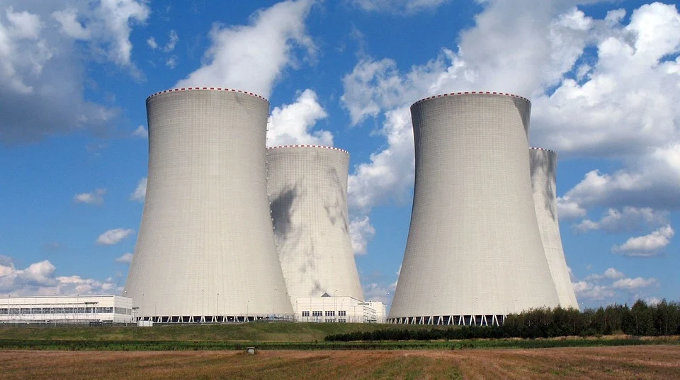A structure that uses the evaporation of water, or the flow of air to remove extra heat from industrial equipment is a cooling tower. Excess heat from HVAC systems are also removed by means of a cooling tower.
Cooling towers are vital in power plants, refineries, factories, hotels and processing plants. Several facilities such as these depend on the circulation of water to eject heat from machinery or their structures.
You get cooling towers in a variety of configurations in order for them to adjust to the needs of individual cooling needs of given facilities. The geographic location of the facility is also a consideration, since conditions affect cooling capacity.
How Does it Work?
A cooling tower exists to maintain the coolness of a facility/structure. Any cooling tower performs a process that is the same as any other.
Fundamentally, hot water enters it and cool water leaves it. The method of the transfer of heat is dependent on the cooling tower a given facility has installed.
Nonetheless, basic principles of working and functionality remain similar. Some of the commonest cooling towers installed are ‘wet cooling towers’. Called ‘open circuit towers’ too, they work in the following manner:
- Hot water from industrial machinery/HVAC systems is fed into the cooling tower.
- The hot water is then drained out or gets sprayed into an area, the ‘spill area’. Here, some water evaporates and the remaining water collects in a basin. Through this, the overall temperature of the water in the tower lowers. Via the cooling tower, air circulates from an induced draft or forced draft of air, cooling the water that doesn’t evaporate on its own. The water cooled forms a pool at the bottom of the cooling tower and gets recirculated to the industrial equipment/HVAC system.
Wet Cooling
Right through the process of cooling, wet cooling towers lose water in any of three ways. These are by evaporation, drift and blow-down. The water lost is made up for by replacing it with fresh water.
Through evaporation cooling, wet cooling towers reduce heat. The hot water which evaporates gets dispersed into the atmosphere instead of going through recirculation. Water depletes, but the general water temperature falls. Some water blows out of the tower as air flows through it. This is water lost due to drift.
Additionally, minerals are left behind when water evaporates. These are calcium, chloride, magnesium and silica. The concentration of those minerals sees an increase in the water that remains.
A main reason for cooling tower repair is because these deposits can corrode cooling towers over time. This is detrimental to its durability. A blow-down gets rid of the deposits when they collect. Wet cooling towers need a steady flow of fresh make up water, as substantial amounts reduce during the cooling procedure.
Cooling Tower Repair
In case you use cooling tower mechanisms in your facility, you need to maintain the cooling tower parts appropriately. The lifespan of your equipment depends on it. Cleaning is essential as cooling towers tend to form bacteria.
To optimally keep your cooling tower hygienic, regular cooling tower repair (if needed) and maintenance is necessary. Here are some steps to see to this:
- A monthly inspection of towers is a must. Legionella, a bacterium, multiplies due to slime, scale and sediment build-up. To prevent this, cleaning must be undertaken frequently.
- Basins of cleaning towers need to be cleaned often. Cooling tower vacuums are efficient ways to get this done without shutting down the total system.
- The tower fill is a place that needs cleaning as bacteria thrives here too.
- The whole tower needs to be disinfected as Legionella can reproduce itself in any tower parts.




